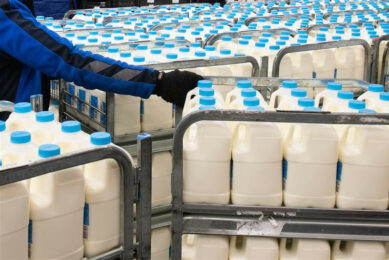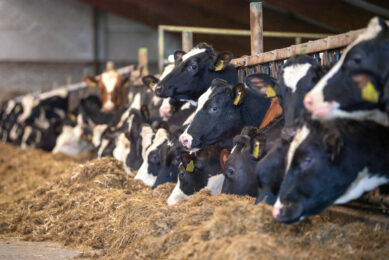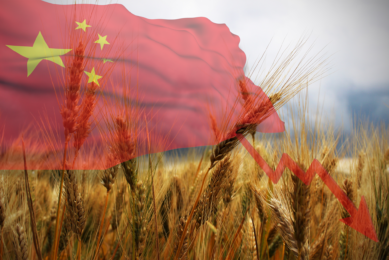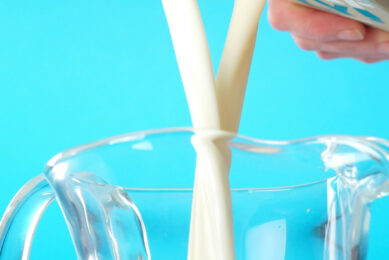China: Dairy supply and demand
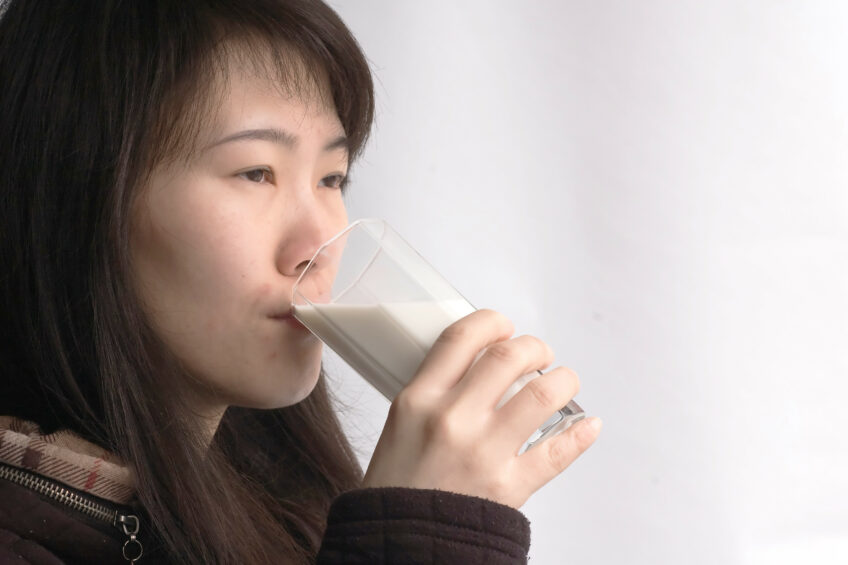
China’s dairy and infant formula markets have grown substantially over the past decade and are expected to continue to expand. At the same time, China’s domestic dairy industry is in the midst of rapid modernisation.
This is stated in the report ‘China dairy supply and demand’, published by the Economic Research Service (ERS), part of the United States Department of Agriculture USDA).
Aftermath of melamine scare
In 2008, China’s milk production was disrupted when milk adulterated with melamine caused the death of six babies and sickened thousands more in a scandal that severely eroded trust in domestically produced dairy products. Since then, China has taken steps to consolidate production and gain better control over the safety and quality of dairy products at the source. The Ministry of Agriculture (MOA) enforced new regulations. They for example required milk processors to have fixed supply bases, made up of newly established cooperatives of small farmers, or to be large-scale dairy farms whose construction had been subsidized by the local government. As a result of the restructuring prompted by the melamine scandal and the exit of small-scale producers from the supply chain, milk production has increased.

Growing milk consumption
At the same time, Chinese consumption of dairy products is growing rapidly from a historically low base, making China the most dynamic segment of the global dairy market. Per capita milk and dairy consumption was already growing rapidly in cities before 2005; in the countryside, growth accelerated after 2005. Between 2002 and 2016, growth in sales was fastest for milk formula (which includes infant formula) and yogurt, although growth in these products lagged behind the initial increases in milk consumption. Product development has accompanied the diversification of the retail structure. Chinese companies, particularly Mengniu and Yili, hold majority market shares for fresh, shelf-stable, yogurt, and flavoured drinkable dairy, which are the largest markets in China.
EU has become leading exporter to China
According to projections in the China Ministry of Agriculture’s National Dairy Industry Development Plan for 2016-2020, 75% of all dairy consumed in China will continue to be produced domestically. The remaining demand will be satisfied by imports. The European Union (EU) is the leading dairy exporter to China, with close to 50% of the market value, having surpassed former leader New Zealand in 2015 and 2016. In those same years, the United States moved from the third-largest exporter to China in 2014, with almost 10% of the market, to fourth place after Australia. New Zealand and Australia signed free trade agreements with China in 2008 and 2015, respectively, which reduce tariff rates on their dairy exports. Major dairy exporters New Zealand and Australia have free trade agreements that lower tariffs on their dairy products entering China. The European Union’s 2015 removal of quotas on dairy production increased global dairy supplies, and a larger portion of this surplus may be exported to China. The United States has a well-established trade relationship with China.
Growth rate relatively flat
The authors of the report write that in 2016, growth in China’s dairy market was relatively small. This deceleration coincides with a general economic slowdown in China, likely due to its difficulty with a structural shift away from factories and exports and toward growth dependent on domestic consumption (Euromonitor, 2016). Although China’s economic growth rate is expected to remain relatively flat, its dairy market is projected to continue to grow, possibly reflecting the nation’s gradual transformation to consumption-dependent growth. Dairy imports will continue to be necessary to support the expansion of the Chinese dairy market.
The full report can be read on the ERS website.
Join 13,000+ subscribers
Subscribe to our newsletter to stay updated about all the need-to-know content in the dairy sector, two times a week.



